In a world where wildlife faces unprecedented challenges, tortoises stand as silent witnesses to both environmental degradation and conservation triumph. These remarkable reptiles, some capable of living well over a century, have faced devastating population declines due to habitat loss, poaching, and climate change. Yet amidst these challenges, dedicated conservationists, scientists, and communities have created inspiring success stories that offer hope for these ancient creatures.
From remote islands to mainland sanctuaries, tortoise conservation represents some of the most dramatic wildlife comebacks in conservation history. These success stories not only demonstrate what’s possible when humans commit to protecting biodiversity but also provide valuable lessons for broader conservation efforts worldwide.
The Remarkable Recovery of the Española Giant Tortoise
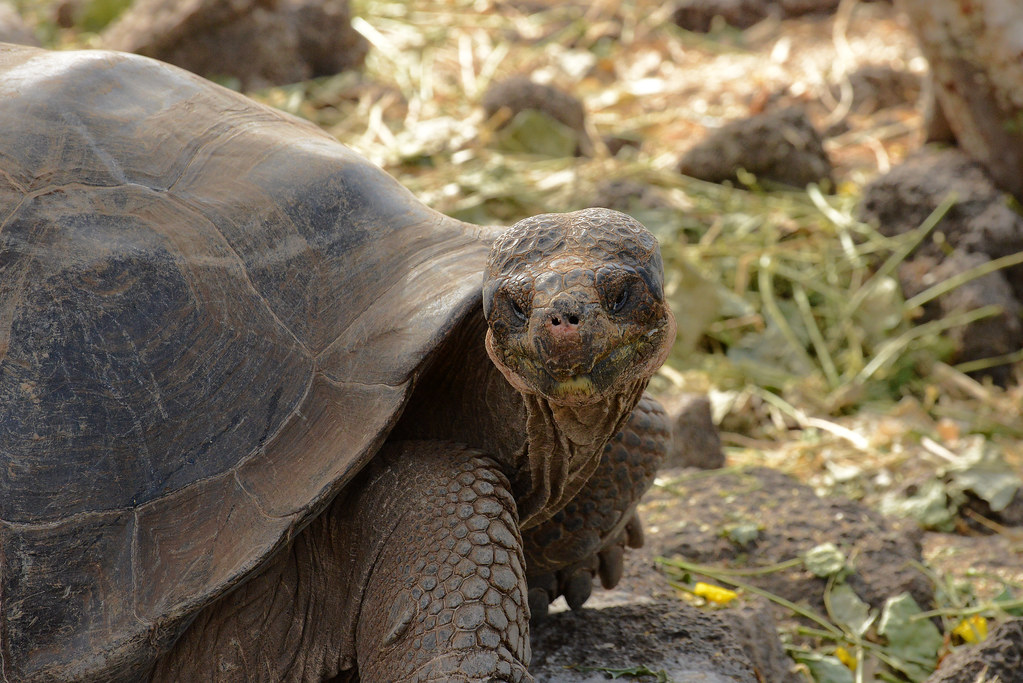
The Española giant tortoise (Chelonoidis hoodensis) from the Galápagos Islands represents one of conservation’s most dramatic turnarounds. In the 1960s, only 14 individuals remained on Española Island, bringing this subspecies to the brink of extinction. The Galápagos National Park and Charles Darwin Foundation launched an emergency breeding program in 1970, transferring the remaining tortoises to a captive breeding center.
Through careful management and genetic planning, over 2,000 juvenile tortoises have since been released back onto their native island. Recent studies confirm these repatriated tortoises are now breeding in the wild, with the population slowly rebuilding itself naturally. This incredible recovery from just 14 individuals to a self-sustaining population demonstrates the remarkable resilience of nature when given proper protection and support.
Aldabra Giant Tortoises: A Conservation Fortress
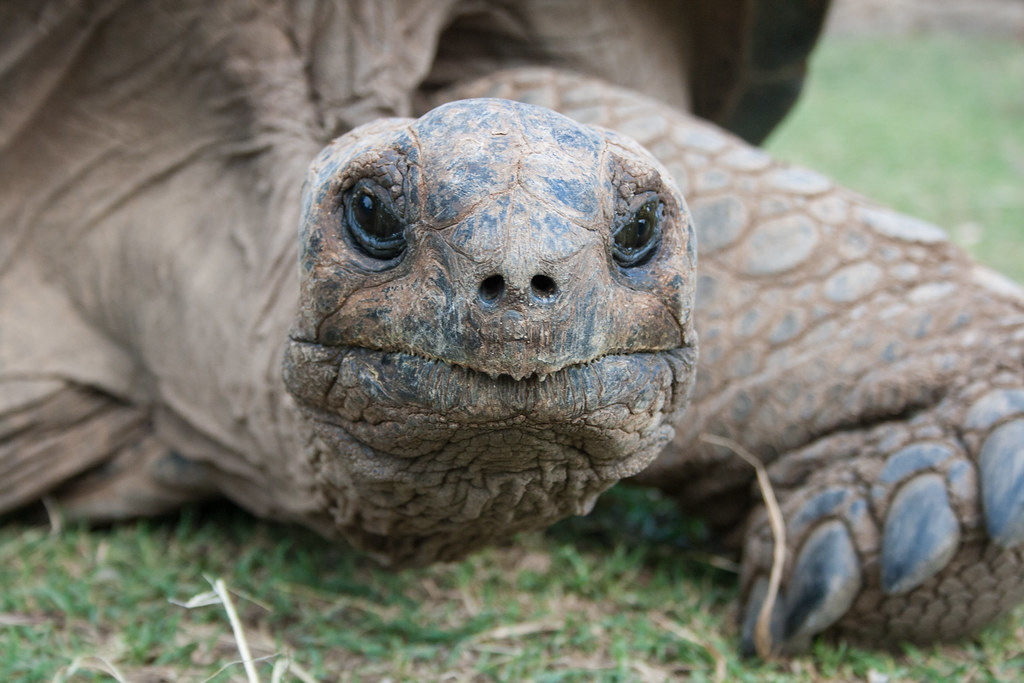
The Aldabra giant tortoise (Aldabrachelys gigantea) offers a rare conservation success story where protection came before near-extinction. Native to the Aldabra Atoll in the Seychelles, these massive tortoises were nearly hunted to extinction across their range by sailors seeking fresh meat during the 18th and 19th centuries. The remote and rugged nature of Aldabra Atoll, combined with early protection measures, helped preserve what is now the world’s largest wild population of giant tortoises, estimated at over 100,000 individuals.
The atoll’s designation as a UNESCO World Heritage site in 1982 further secured this population’s future. Today, the Seychelles Islands Foundation manages the atoll as a strictly protected nature reserve, maintaining what may be the most pristine giant tortoise habitat remaining on Earth.
Ploughshare Tortoises: Fighting Back Against Extinction
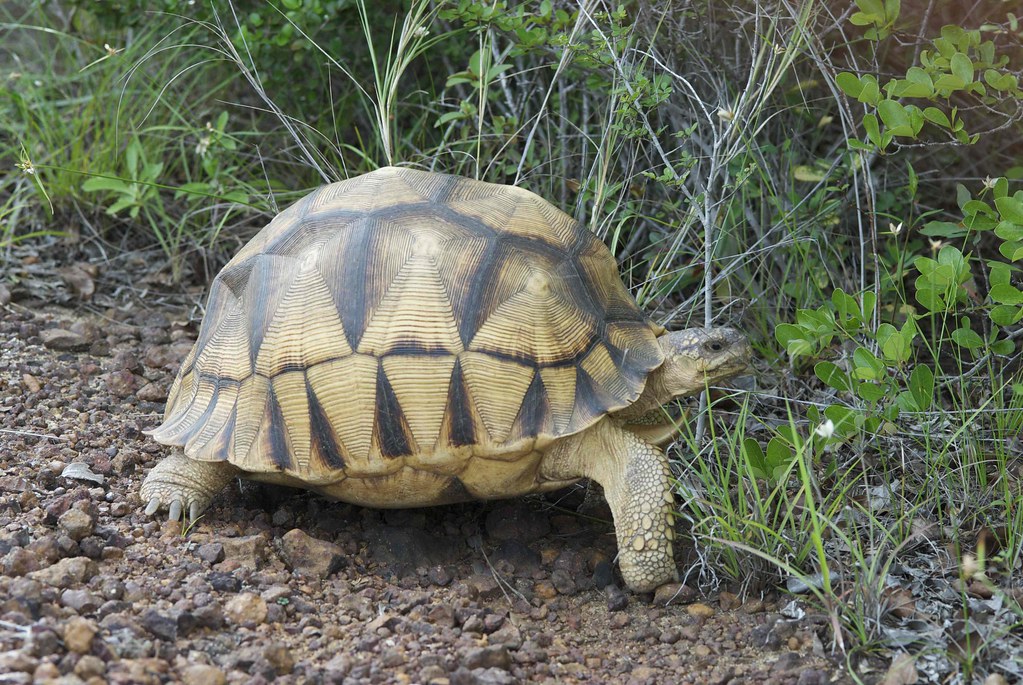
The ploughshare tortoise (Astrochelys yniphora) of Madagascar is often cited as the world’s rarest tortoise, with fewer than 100 adults remaining in the wild. Despite this dire situation, intensive conservation efforts have prevented its extinction. Organizations like the Durrell Wildlife Conservation Trust established protected areas and community-based conservation initiatives in the tortoise’s native range. A breeding center in Madagascar has successfully produced numerous hatchlings, gradually increasing the population.
Perhaps most innovative has been the use of “tortoise patrols” – local teams that monitor wild tortoises and prevent poaching – alongside the controversial but effective practice of shell engraving to make animals less valuable to collectors. Though still critically endangered, the fact that ploughshare tortoises still exist at all is testament to the unwavering dedication of conservationists.
The California Desert Tortoise: Protecting an American Icon
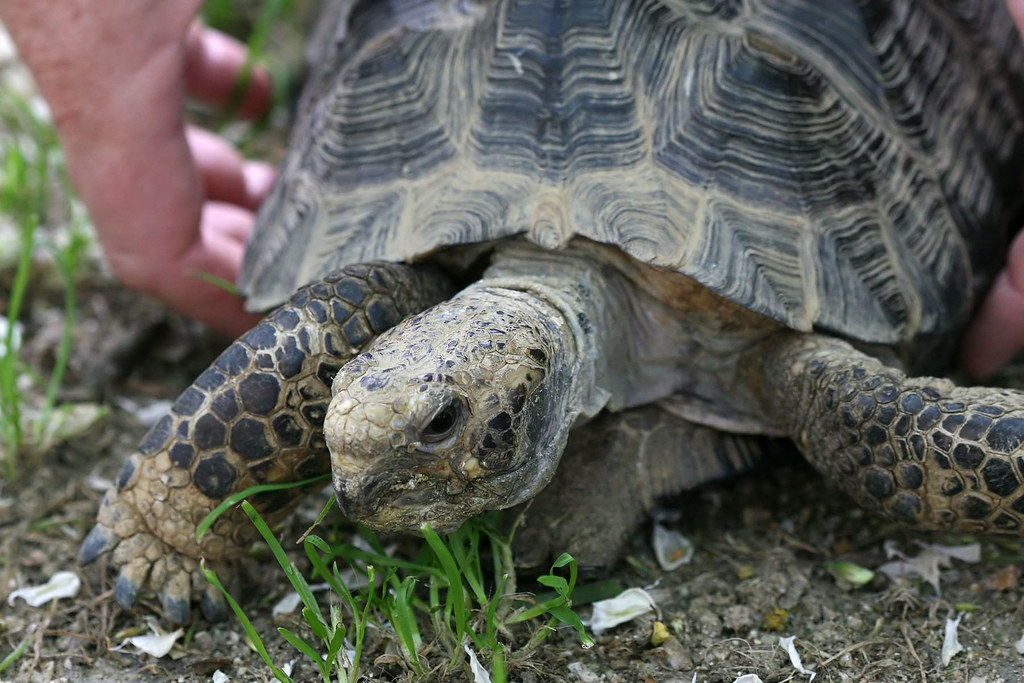
The desert tortoise (Gopherus agassizii) of the Mojave Desert faced catastrophic population declines of over 90% in some areas during the late 20th century. In response, the species received federal protection under the Endangered Species Act in 1990, leading to the designation of critical habitat and the creation of the Desert Tortoise Research Natural Area. Innovative conservation approaches included “head-starting” programs where young tortoises are raised in protected enclosures until large enough to resist predators, and the Desert Tortoise Conservation Center which rehabilitates displaced tortoises.
Public education efforts transformed the species from a common backyard pet to a recognized conservation priority. Though recovery is slow, recent surveys show population stabilization in several areas, demonstrating how legal protection combined with public engagement can reverse decline trends.
Burmese Star Tortoises: Back From the Brink
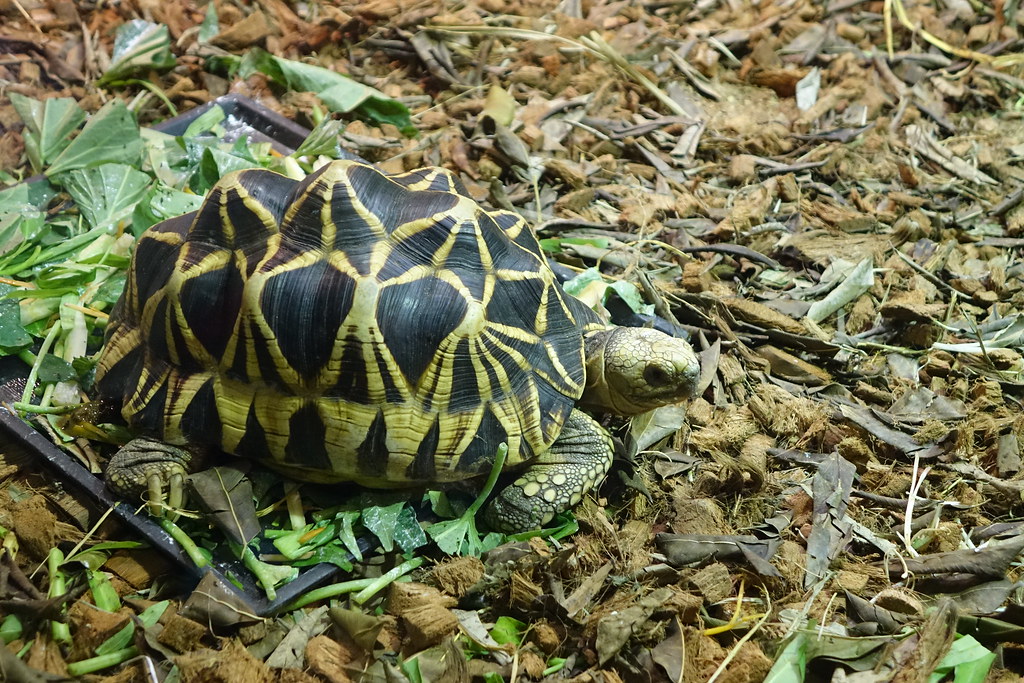
The Burmese star tortoise (Geochelone platynota) experienced one of the most dramatic wildlife comebacks in recent history. By the early 2000s, rampant poaching for the exotic pet trade and traditional medicine had driven the species to functional extinction in the wild. In a remarkable turnaround, the Turtle Survival Alliance partnered with the Myanmar government to establish three captive breeding centers within the tortoise’s native range. Starting with just 175 individuals, these facilities have produced over 14,000 tortoises through carefully managed breeding programs.
Reintroduction efforts began in 2013, with thousands of tortoises now thriving in protected areas with community support. The program’s success hinged on involving local communities as conservation partners rather than obstacles, providing jobs as facility staff and rangers, and developing sustainable livelihoods alongside tortoise protection.
The Mediterranean Spur-Thighed Tortoise: Conservation Through Regulation
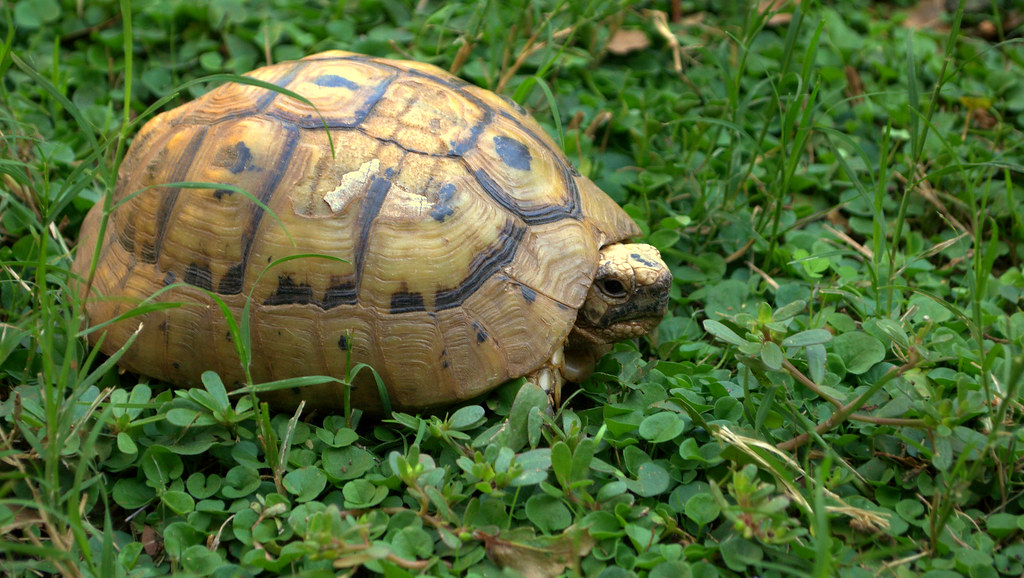
The Mediterranean spur-thighed tortoise (Testudo graeca) demonstrates how international trade regulation can benefit threatened species. Historically exported in massive numbers as pets, these tortoises faced serious declines across their Mediterranean Basin range. Their listing on Appendix II of CITES (Convention on International Trade in Endangered Species) in 1975 dramatically reduced legal international trade. European Union Wildlife Trade Regulations provided additional protection, making commercial use of wild specimens illegal within the EU.
These regulatory measures, combined with habitat protection initiatives like Spain’s Sierra Nevada National Park and Morocco’s tortoise reserves, have allowed some populations to stabilize and even increase. Captive breeding programs now supply the pet trade, reducing pressure on wild populations while scientific monitoring programs track recovery in protected areas.
Bolson Tortoises: Rewilding the American Southwest
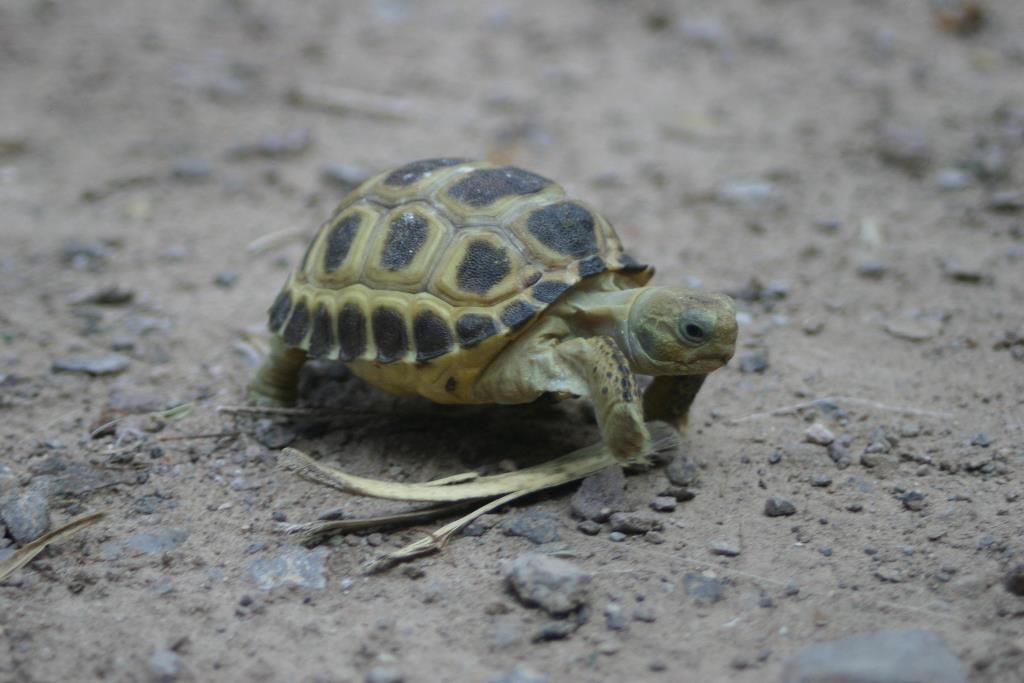
The Bolson tortoise (Gopherus flavomarginatus), North America’s largest tortoise species, was believed extinct until rediscovered in a remote region of Mexico in 1959. With wild populations restricted to a small area in Mexico’s Chihuahuan Desert, the species faced an uncertain future. In a visionary conservation initiative, the Turner Endangered Species Fund established a breeding population on Ted Turner’s Armendaris Ranch in New Mexico – part of the tortoise’s prehistoric range before human-caused extinction thousands of years ago.
This “Pleistocene rewilding” approach aims to both save the species and restore ecosystem functions lost millennia ago. From just 30 founding tortoises in 2006, the population has grown to over 400 individuals, with the first wild releases beginning in protected areas. This project represents a groundbreaking approach that combines species conservation with ecosystem restoration.
Radiated Tortoises: Community Conservation in Madagascar
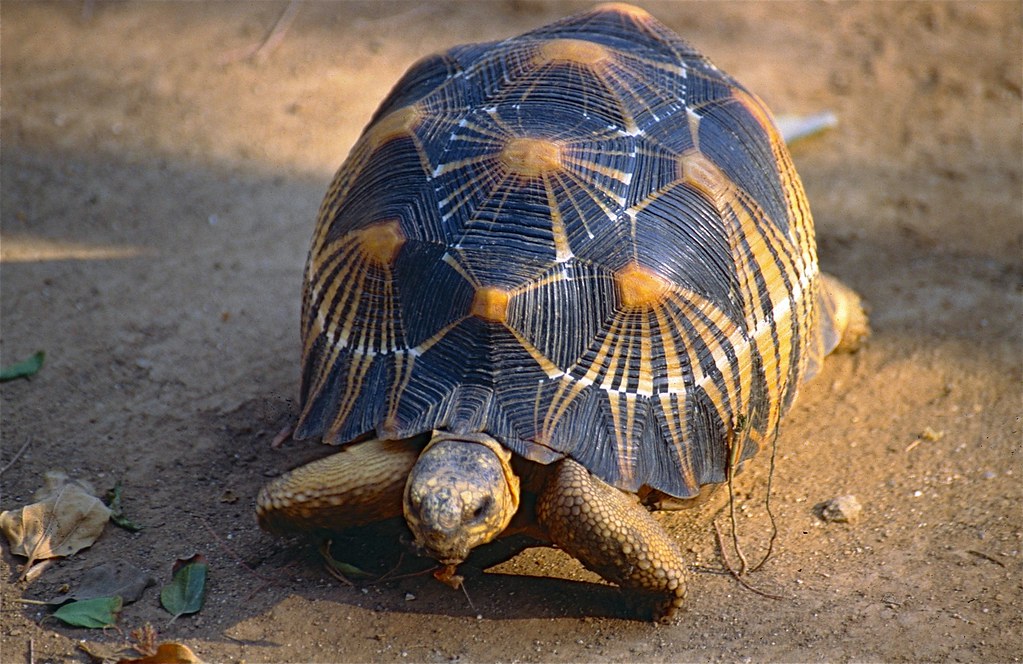
The radiated tortoise (Astrochelys radiata) of southern Madagascar demonstrates how community involvement is essential for effective conservation. Despite being legally protected, populations have declined by an estimated 80% in recent decades due to habitat loss and poaching for food and the illegal pet trade. The Turtle Survival Alliance’s innovative approach established community-managed conservation areas where local residents serve as tortoise guardians. These “Pokonolona” reserves provide sustainable livelihoods through ecotourism while protecting critical tortoise habitat.
A dramatic example of community impact came in 2018 when villagers alerted authorities to a massive poaching operation, leading to the rescue of over 10,000 radiated tortoises. Though challenges remain immense, areas with strong community conservation programs show stabilizing tortoise populations, highlighting the critical importance of local stakeholder engagement.
The Western Swamp Tortoise: Saving Australia’s Rarest Reptile
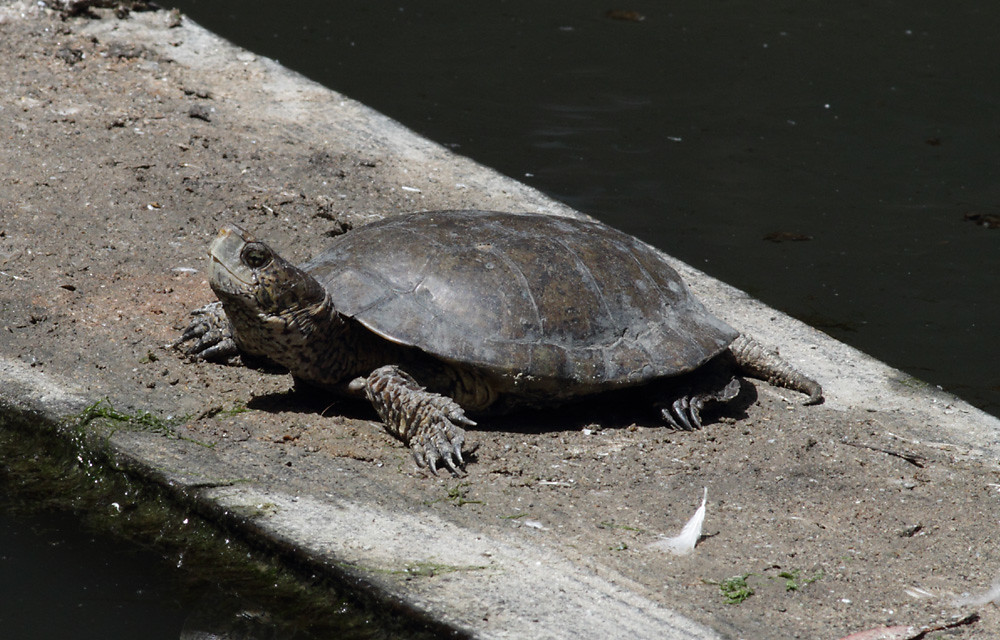
The western swamp tortoise (Pseudemydura umbrina) of Western Australia holds the distinction of being Australia’s most endangered reptile and one of the world’s rarest tortoises. Reduced to fewer than 50 wild individuals by the 1980s, this species has benefited from one of Australia’s longest-running and most intensive recovery programs. Perth Zoo established a captive breeding program that has produced over 800 tortoises for release. Conservation efforts expanded habitat protection through the creation of two nature reserves specifically for the species.
Perhaps most forward-thinking has been the “assisted colonization” initiative that established new populations outside the species’ historical range to mitigate climate change threats. Recent monitoring shows wild populations have increased to over 500 individuals, with successful breeding occurring at all managed sites.
Indian Star Tortoises: Combating Wildlife Trafficking
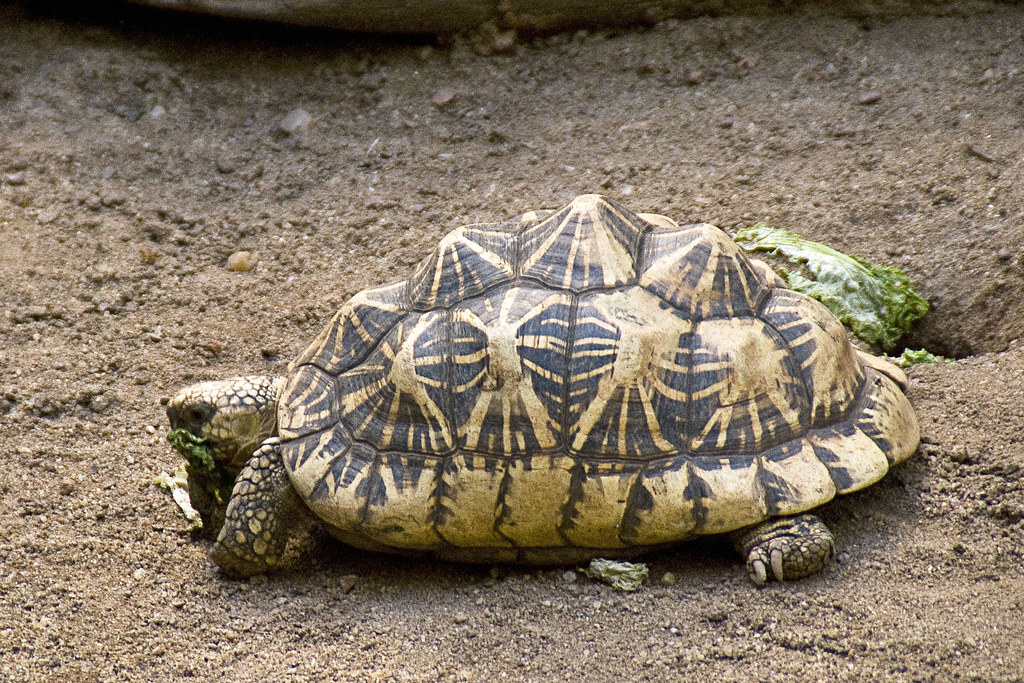
The Indian star tortoise (Geochelone elegans) has long been one of the world’s most heavily trafficked tortoise species, with tens of thousands seized annually in illegal wildlife shipments. Conservation strategies have evolved beyond traditional protection to include sophisticated anti-trafficking operations. Wildlife authorities in India, Pakistan, and Sri Lanka have coordinated enforcement efforts, resulting in major trafficking ring busts and record-setting seizures. Wildlife SOS and other organizations have established rehabilitation centers where confiscated tortoises receive care before potential reintroduction.
DNA forensic techniques developed specifically for star tortoises now help prosecutors build stronger cases against traffickers by proving the wild origin of seized specimens. Perhaps most encouraging has been the establishment of community conservation reserves in India’s Karnataka region, where local “tortoise guardians” monitor wild populations and report poaching activities.
Geometric Tortoises: Saving Habitat to Save a Species
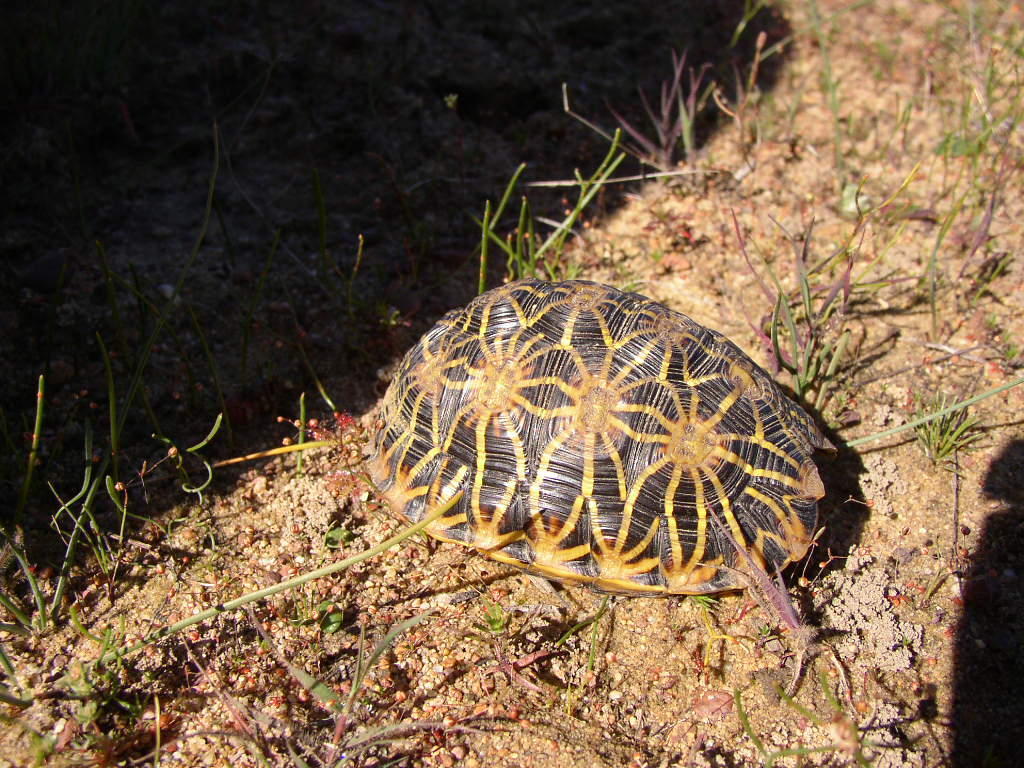
South Africa’s geometric tortoise (Psammobates geometricus) exemplifies how habitat preservation forms the cornerstone of tortoise conservation. With over 95% of its native renosterveld shrubland habitat destroyed by agriculture, this critically endangered species clings to existence in a few small patches of remaining habitat. The establishment of the Geometric Tortoise Nature Reserve in 1972 represented the first protected area specifically created for a tortoise species. This reserve network has gradually expanded through land purchases by conservation organizations and innovative conservation easements with private landowners.
Following devastating wildfires in 2015 that decimated one population, conservationists implemented an emergency head-starting program where eggs and juveniles were collected and raised in protected facilities until vegetation recovered. Recent habitat restoration efforts have focused on removing invasive plants and reintroducing native vegetation, gradually expanding suitable habitat beyond protected area boundaries.
Lessons Learned from Tortoise Conservation Success
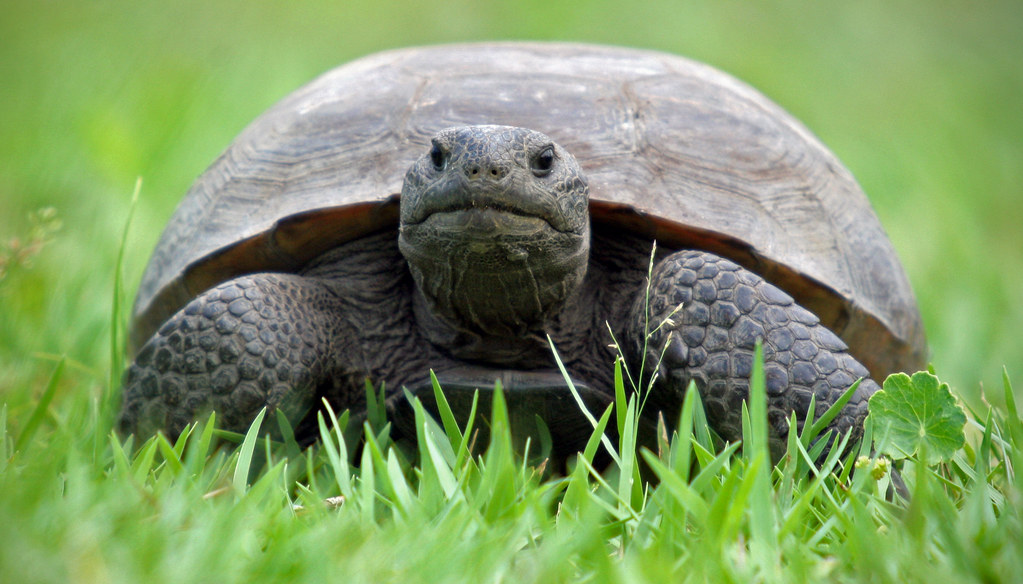
Across these diverse tortoise conservation stories, several common elements emerge that have proven critical to success. The integration of ex-situ breeding programs with in-situ protection creates a comprehensive approach that addresses immediate extinction risk while working toward long-term wild population recovery. Community involvement has repeatedly demonstrated that conservation cannot succeed without local support and benefits.
The most successful programs transform local residents from potential threats to active conservation partners through employment, education, and involvement in decision-making processes. Long-term commitment has been essential, as tortoise biology itself – with long generation times and slow reproduction – necessitates conservation strategies measured in decades rather than years. Perhaps most importantly, these success stories demonstrate that even when populations are reduced to just dozens of individuals, committed conservation action can bring species back from the brink of extinction.
These tortoise conservation success stories provide powerful examples of what’s possible when science, community engagement, and dedicated conservation action come together. From the remote islands of the Galápagos to the deserts of the American Southwest, tortoises that once faced imminent extinction are now making remarkable comebacks.
While challenges remain – from climate change to ongoing habitat loss and poaching – the trajectory has shifted from hopelessness to cautious optimism for many species. These ancient reptiles, whose ancestors witnessed the rise and fall of dinosaurs, continue to demonstrate remarkable resilience when given adequate protection and support. As we face broader biodiversity challenges, tortoise conservation success offers both practical lessons and much-needed inspiration for wildlife conservation worldwide.

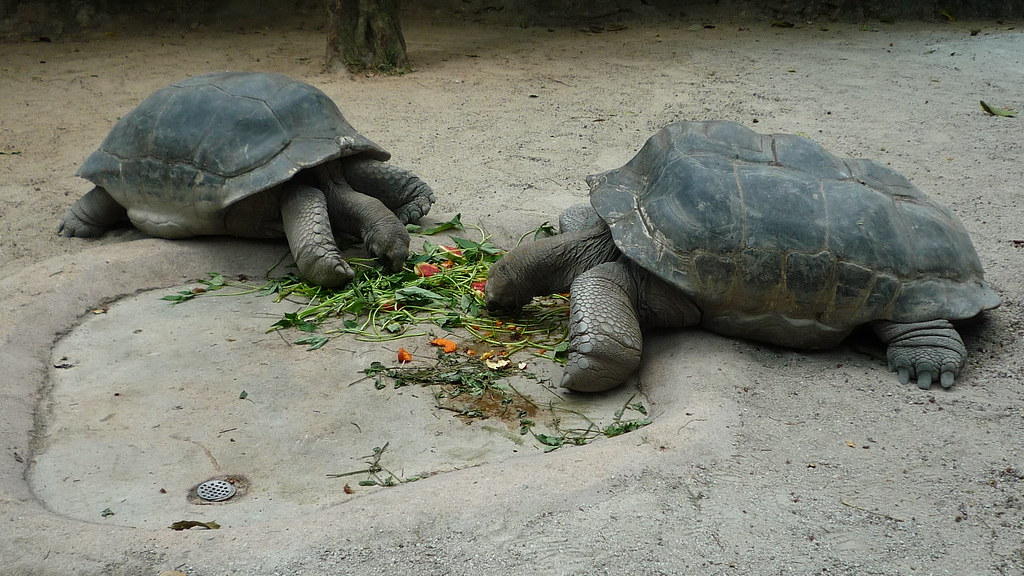
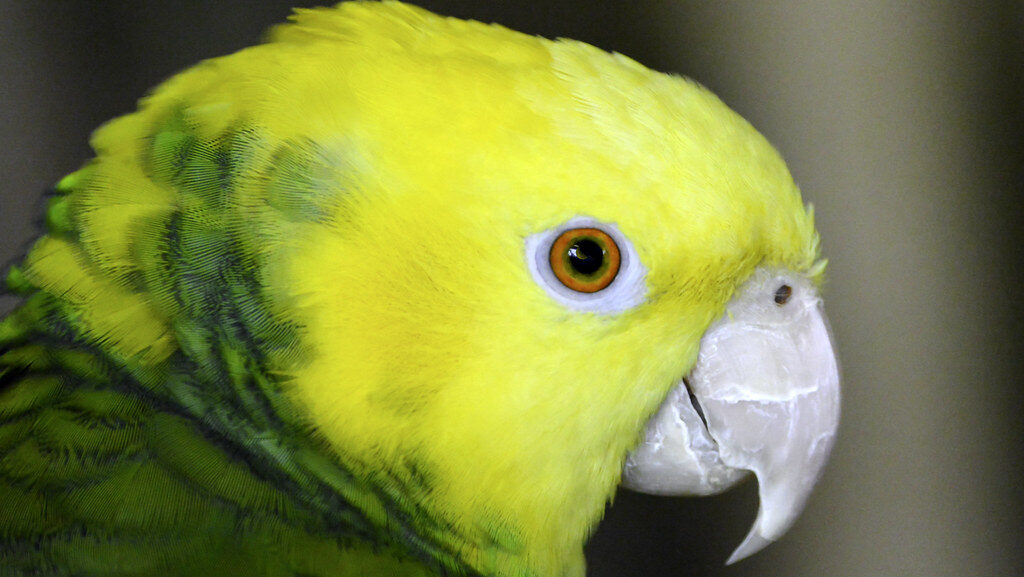
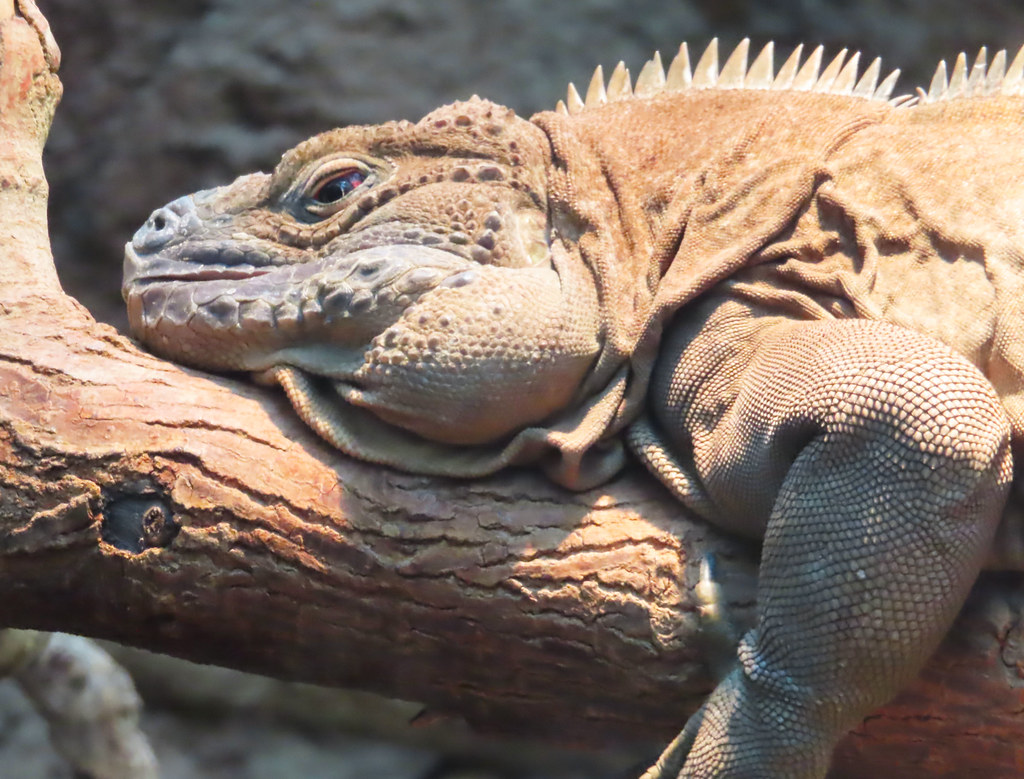
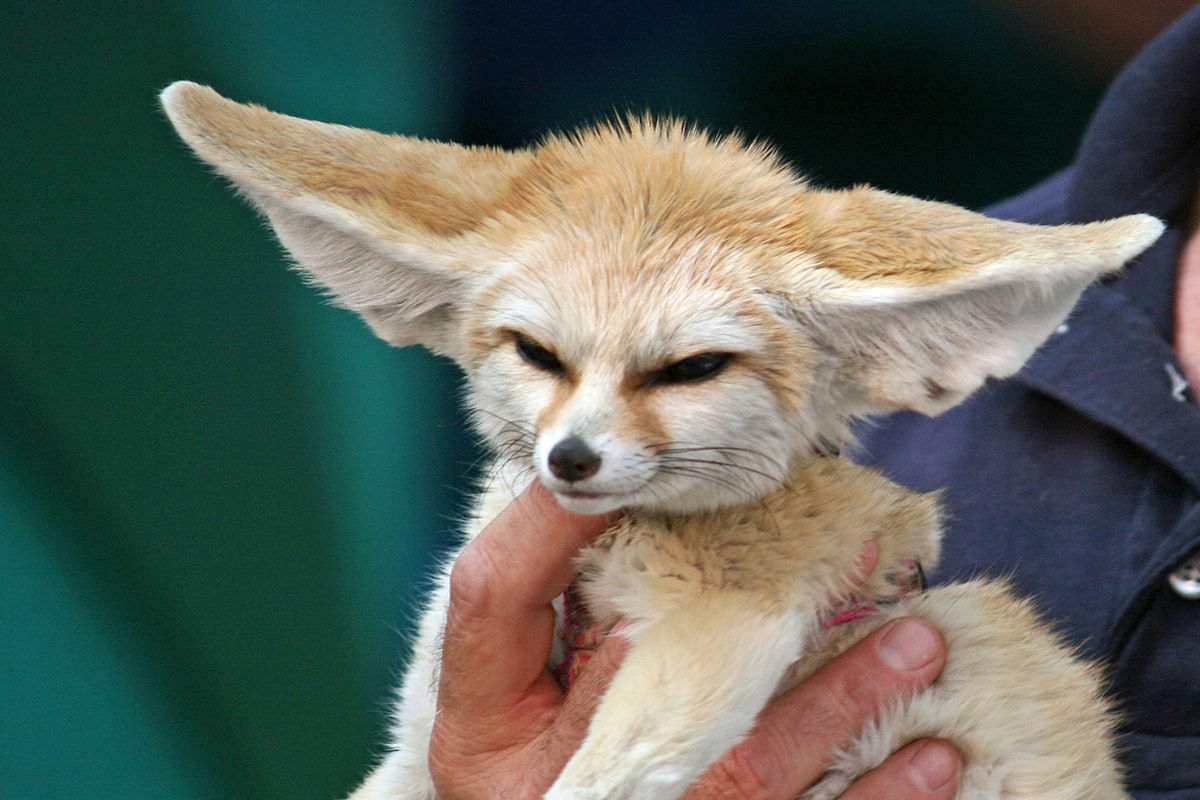
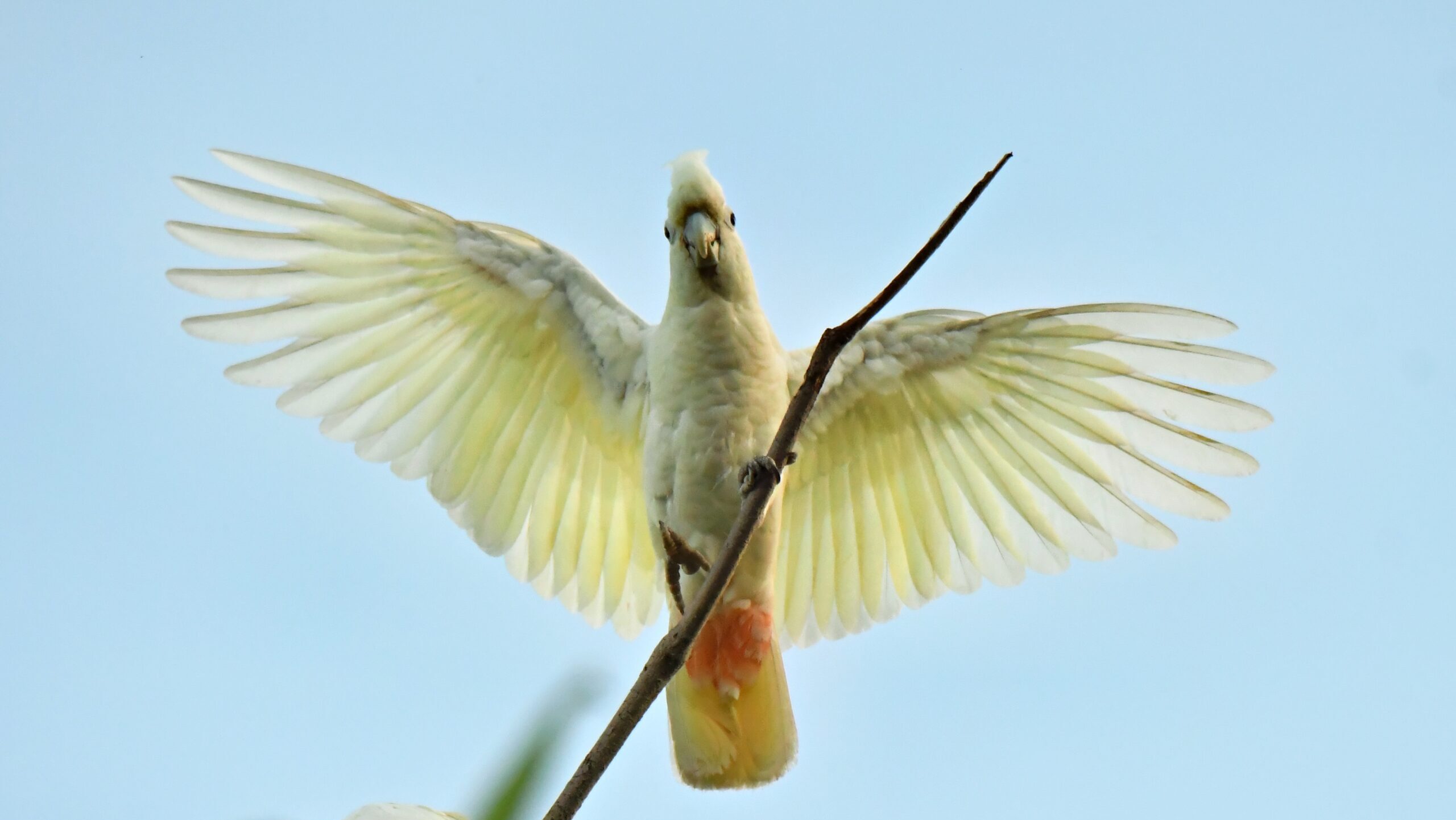

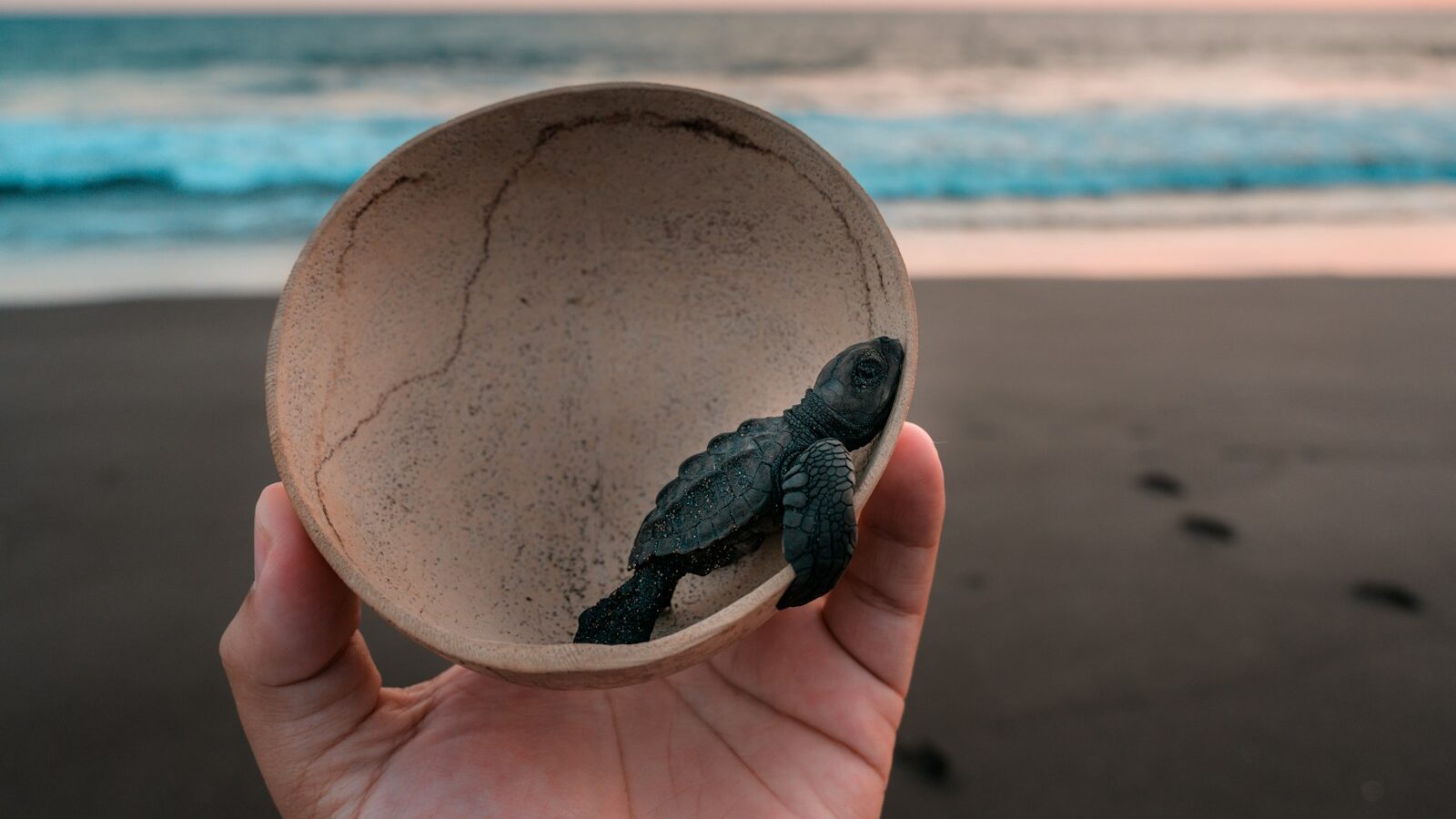
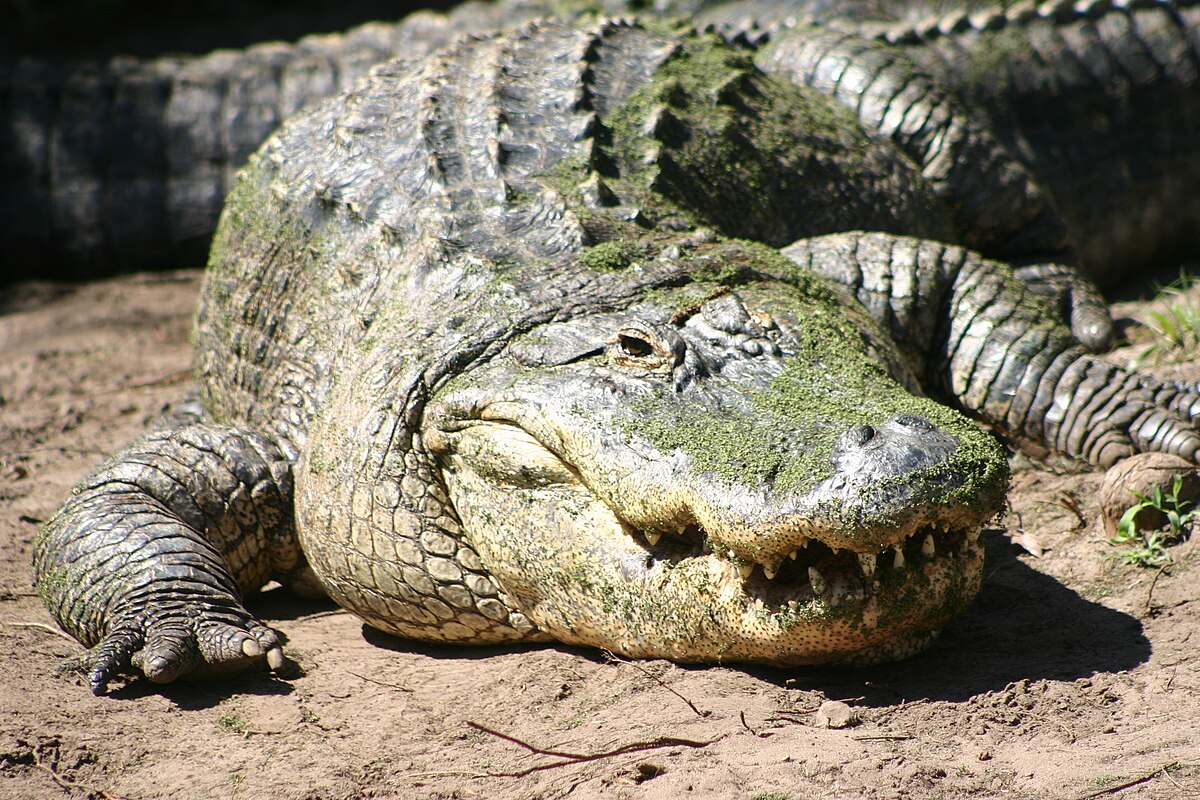
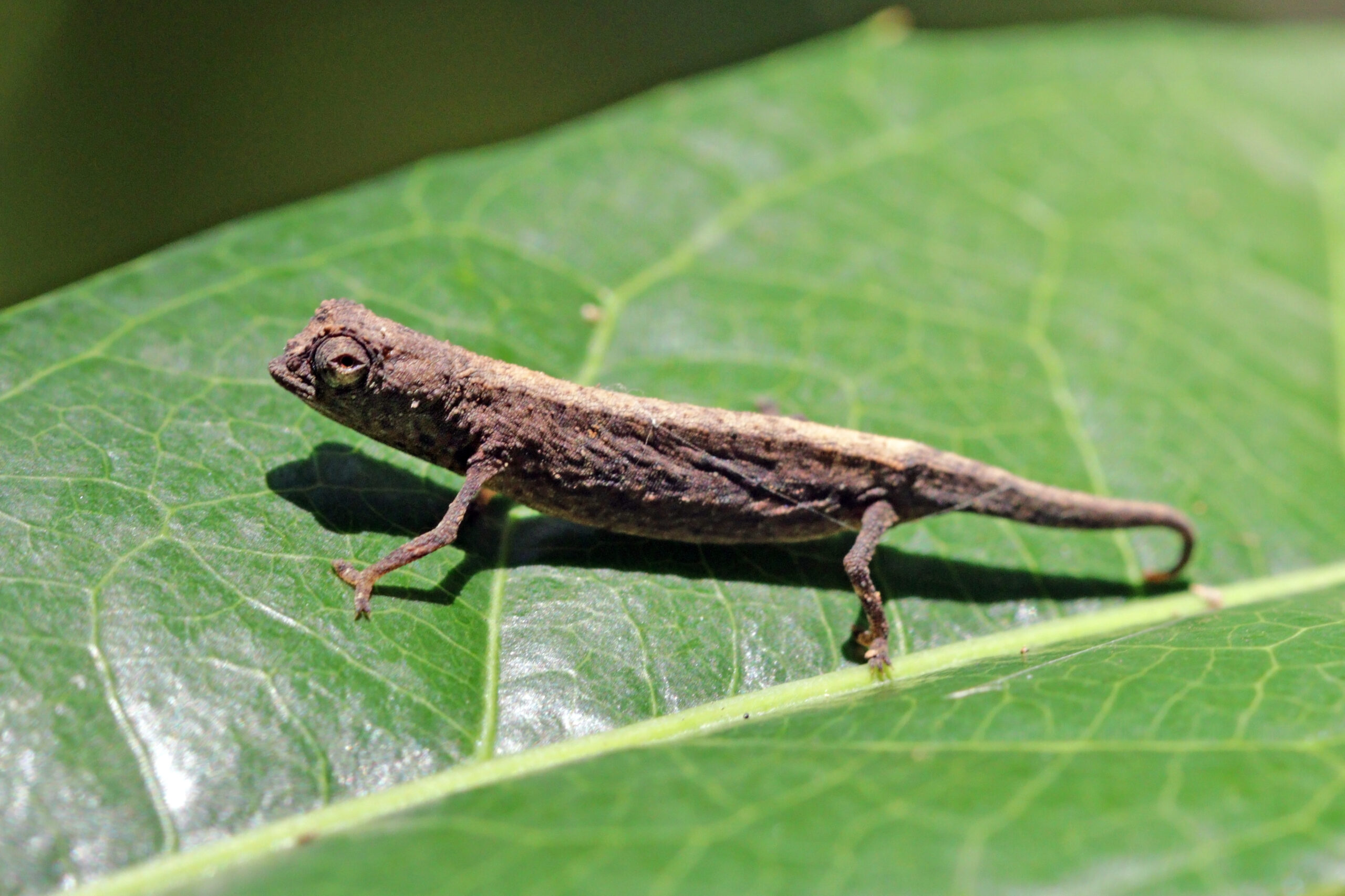
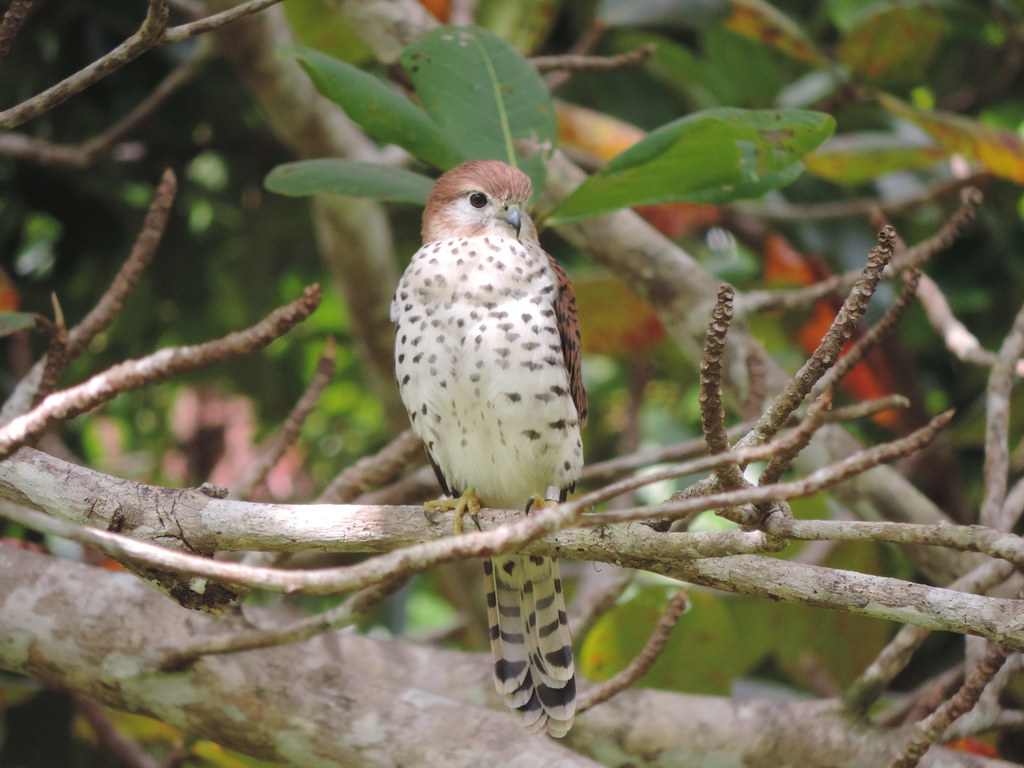
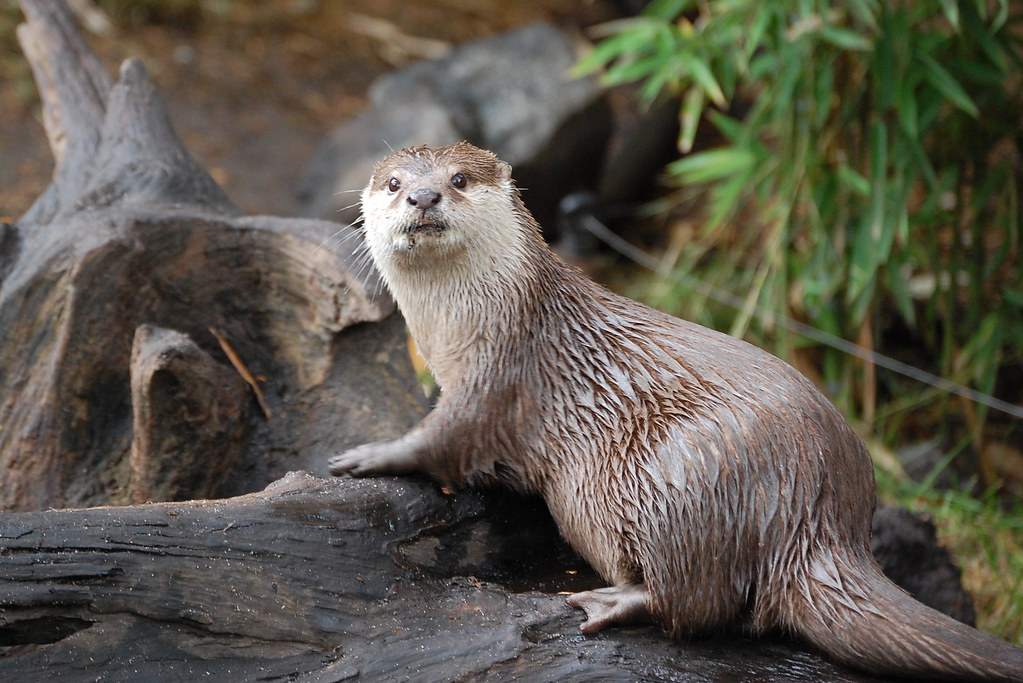




Leave a Reply